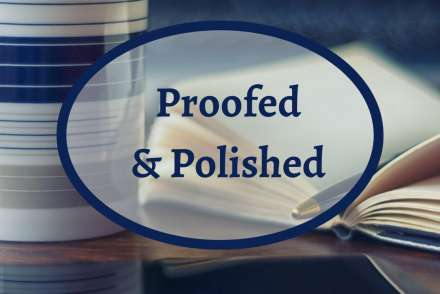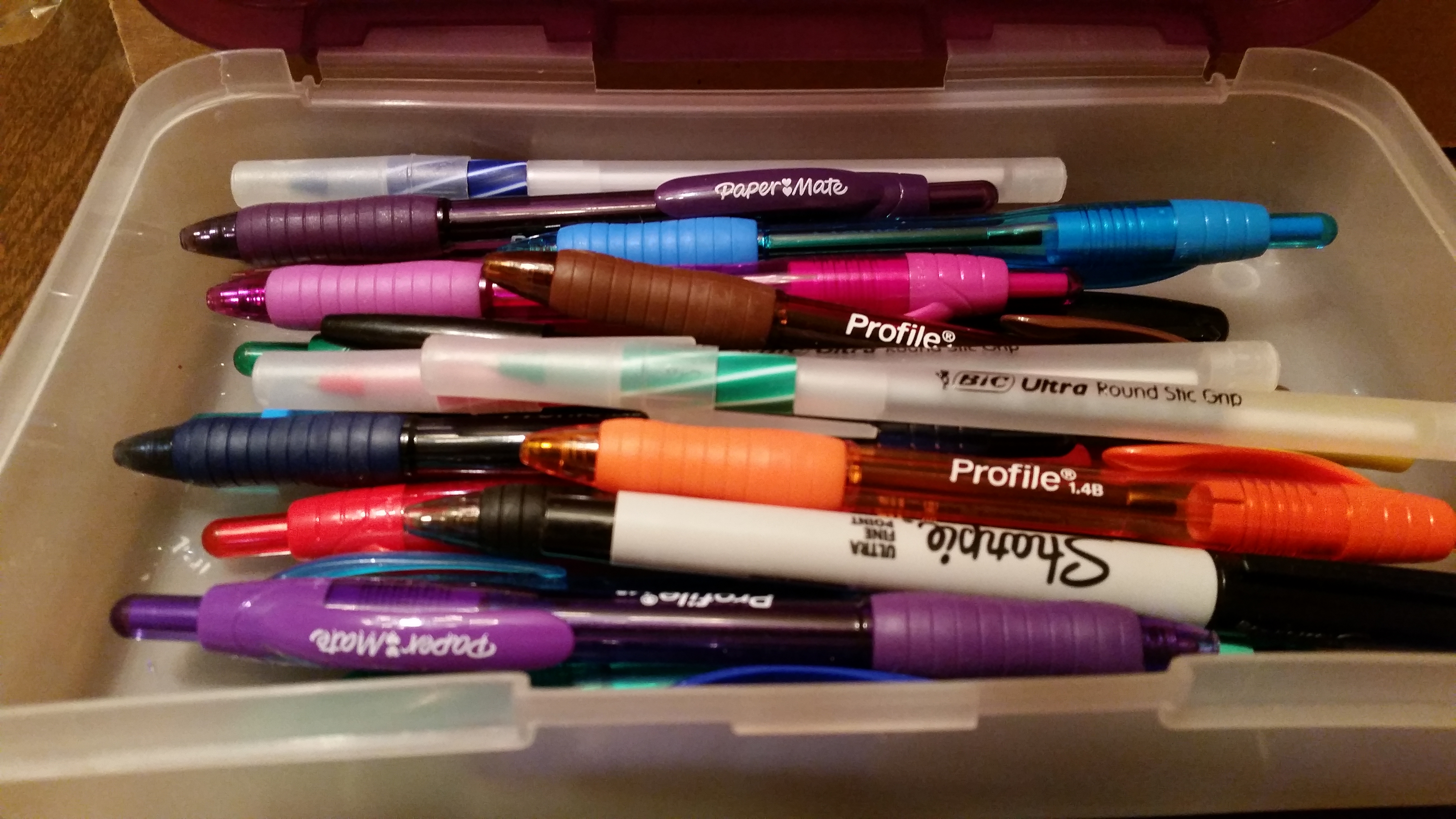
Varying Sentence Structure
Do all of your sentences begin with “I,“ “we,” or a proper noun? Do all of them start with…
November 22, 2024
Do all of your sentences begin with “I,“ “we,” or a proper noun? Do all of them start with…
November 22, 2024
Writers Chat, hosted by Johnnie Alexander, Brandy Brow, and Melissa Stroh, is the show where we talk about all…
October 17, 2024
Let’s talk about contractions. I mentioned them last month in the context of using apostrophes correctly. Some words that…
September 10, 2021
Before you send off your precious manuscript to your editor, you probably want to make sure that it’s as…
July 10, 2021
The beautiful prose that came to mind in the shower somehow transformed into clunky sentences by the time I…
May 8, 2021
When I was teaching English Learners in high school, we spent A LOT of time studying subject-verb agreement. I…
March 10, 2021
In January, I had the privilege of speaking about being a writer at a large private school near…
April 21, 2020
…Showing aptitude for every kind of learning, well informed, quick to understand, and qualified to serve in the king’s…
November 3, 2019
In the world of grammar and punctuation, there are three types of dash (hyphen, en dash, and em dash).…
August 22, 2019
Presentation is everything, especially when it comes to the publishing world. And your presentation of punctuation is crucial to…
March 22, 2019
Presentation is everything, especially when it comes to the publishing world. And your presentation of punctuation is crucial to…
February 22, 2019
When meeting first time bloggers, I am often asked about hosting, web pages, and behind the scenes technical issues.…
January 24, 2019
When thinking about the dialogue in our story, whether fiction or nonfiction, we must consider perspective. With each story,…
November 22, 2018
If you take a songwriting class, the first thing you will learn is to read the top 40 charts…
August 28, 2018
Many writers are introverts and don’t prefer to talk a lot. Some writers are extroverts and love to talk.…
June 22, 2018
Yes. That’s right. Psychological. I promise not to go too deep. Please keep reading. In editing our own manuscripts,…
May 22, 2018So you’ve finally finished your first draft. Congratulations! Truth is, you’ve only just begun. In this episode of Writers…
March 30, 2018
This time, we’re continuing our look at self-editing with tips from Self-Editing for Fiction Writers, by Browne and King.…
January 22, 2017We all want our manuscripts to be the best they can be. In the past, we’ve relied on unskilled…
December 22, 2016
Getting published traditionally is difficult. Small publishers are more likely to accept a manuscript from a previously unpublished author,…
October 28, 2016
You hear it more and more these days. [bctt tweet=”Your manuscript must be “publish-ready” in order for it to…
July 8, 2016